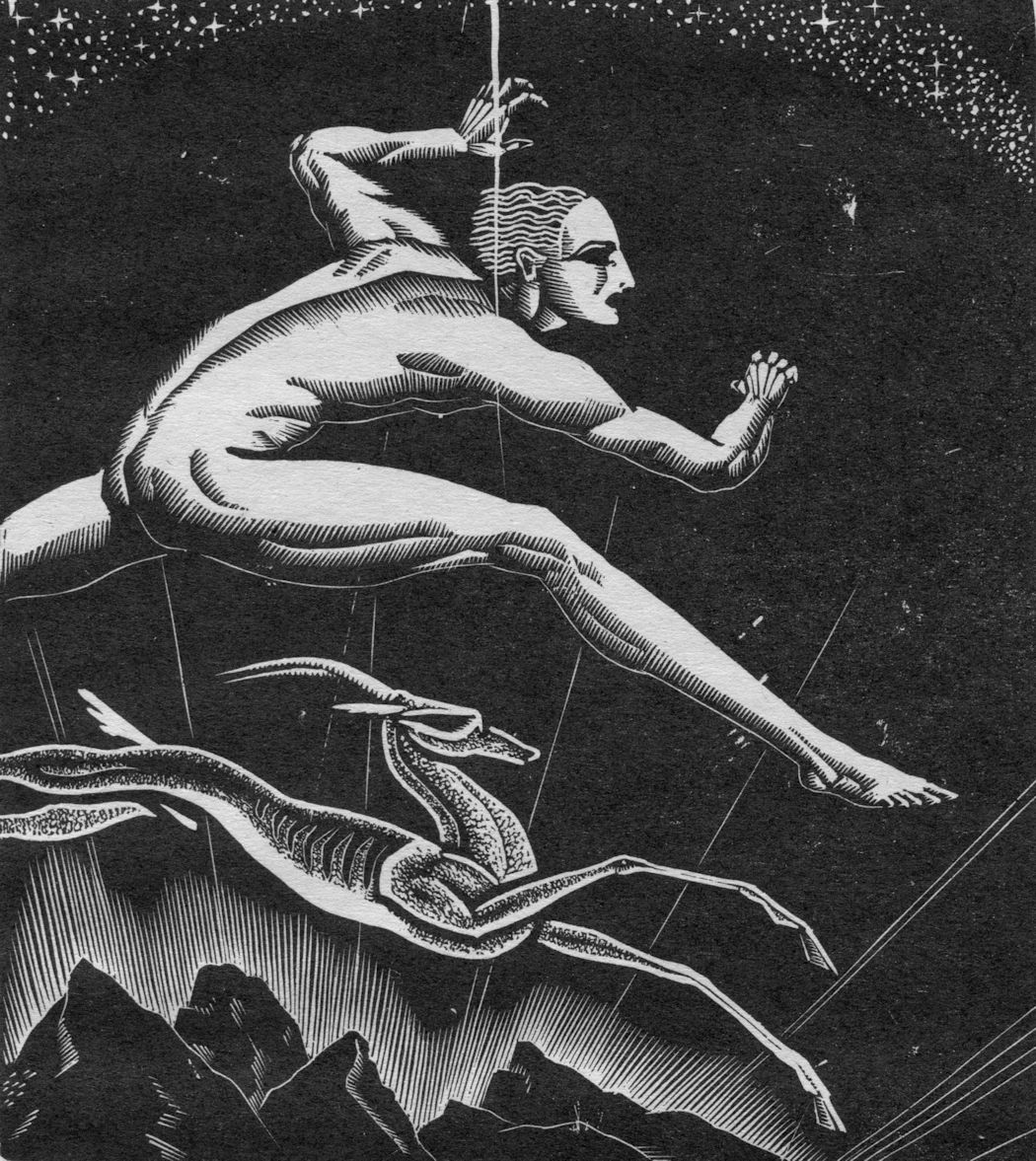In her luminous essay Kollwitz Reconsidered, Elizabeth Prelinger describes the evolution of Käthe Kollwitz from aspiring painter to one of the greatest print makers of the twentieth century, a transformation that began through the influence of Karl Stauffer-Bern, with whom she studied at the private Zeichnen- und Malschule des Vereins der Kunstlerinnen in Berlin beginning in 1884. Stauffer-Bern introduced her to the work of his friend, Max Klinger, whose recently published cycle of etchings, A Life, had a profound impact on the young artist.
Kollwitz saw that the power of Klinger's black-and-white etchings captured the darker side of the human character and addressed the plight of the proletariat in a clear-minded and dispassionate way that seemed to her to transcend the emotional potential of painting. She was thoroughly familiar with the grinding existence of the working class from direct personal observations both as a young woman in her native Königsberg and as a first hand observer of her doctor-husband's patients on their visits to his office in the industrial district of Moritzburg in Berlin, where the young couple settled in 1891.
Inspired by the work of Max Klinger, Kollwitz decided to attempt a print cycle based on Germinal, the brutal, realistic novel by Emile Zola about a French miners' strike and its consequences. The book, already familiar to her, was the inspiration for a highly praised early drawing based on a scene from the novel and produced during an 1889 classroom exercise in Munich, where she was then studying.
In 1893, while Kollwitz was developing the idea of the Germinal cycle, she attended an early Berlin performance of Die Weber, the first and most famous play of Gerhart Hauptmann. Based on the 1844 uprising in Silesia by weavers protesting their displacement by mechanization and the resulting unemployment and destitution that they suffered, the play is an unsentimental and realistic presentation of their desperate act of defiance, which was brutally suppressed. Die Weber was an immediate public sensation but was briefly banned by the authorities, highly suspicious of its subversive overtones.
Kollwitz was profoundly affected by the play. She immediately cast the Germinal cycle aside and instead set to work on The Weavers' Rebellion, which ultimately appeared in 1898. The three etchings and three lithographs of Ein Weberaufstand, created over a four-year period, were first publicly shown at the Women Artists' exhibition at the Gurlitt Gallery and then at the Große Berliner Kunstausstellung in Berlin, where was nominated for a gold medal - an honor withheld by Kaiser Wilhelm II, who was nevertheless unable to deny the recognition due Kollwitz as the foremost woman in the world of German print making.
The enduring popularity of Die Weber also drew other talented artists into its orbit. One such was the great Austrian painter, print maker, graphic designer, and teacher Emil Orlik (1870 – 1932), born in Prague, who created the poster shown here in 1897. Upon seeing it, Hauptmann was so impressed that he invited Orlik to Berlin. Die Weber, Orlik's first theater poster, was the catalyst for his subsequent work in poster and set design. And from 1903 until his death, Orlik taught at the Arts and Crafts Academy in Berlin, nevertheless maintaining an astonishing output of work that remains highly prized by collectors to the present day. This rare poster, connecting as it does three such outsized talents, is a remarkable association piece.
